Fullpower
TPF Noob!
Greetings from Alaska. i have been in the habit of using a warming filter for female portraits on print film. I just started working with a D70, and it seems that the "portrait" setting is automatically applying a bit of softening and warming tone adjustment. does this eliminate the need for glass filters in this application? thank you for the advice/tips. regards, dean



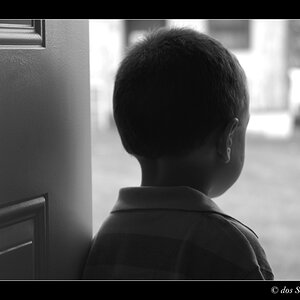

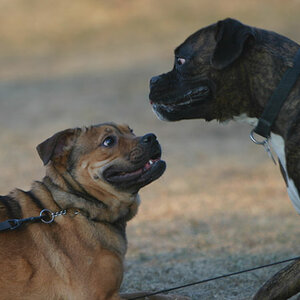

![[No title]](/data/xfmg/thumbnail/39/39497-93752210dd49247220721e5ac8c61245.jpg?1619739055)
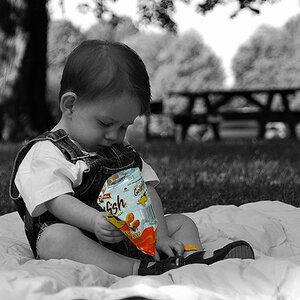
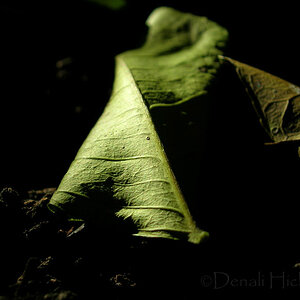
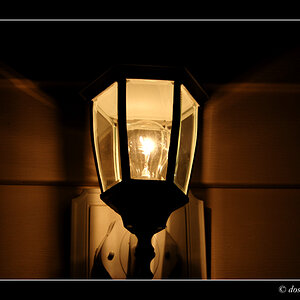
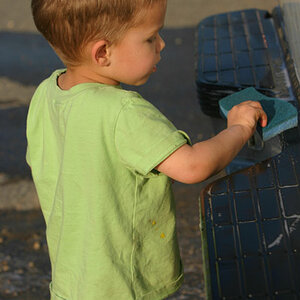
![[No title]](/data/xfmg/thumbnail/42/42057-1509913128bb1db2bc11235c05832fd4.jpg?1619739993)
![[No title]](/data/xfmg/thumbnail/39/39499-b11b4321c0f029e3a5523ccab621b71c.jpg?1619739057)
